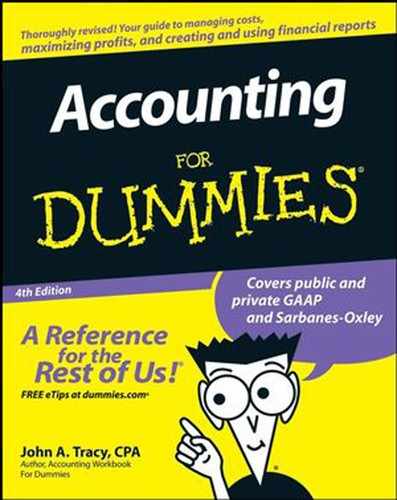9.5. Using the P&L Template for Decision-Making Analysis
The P&L template (refer to Figure 9-1) serves as a good model for decision-making analysis. To demonstrate, suppose that you're under intense competitive pressure to lower the sales price of one product you sell. This product is one "slice" of the total activity reported in Figure 9-1. Suppose that during the year (2009) you sold 1,000 units of the product at a $100 sales price, and the unit costs of this product are the same as in Figure 9-1.
|
Assuming your prediction about sales volume at the lower price is correct and sales volume increases to 1,250 units, and assuming that the variable costs for the product remain the same, next year you would earn $18,750 margin:
$15 margin per unit × 1,250 units sold =
$18,750 marginCutting the sales price $10 reduces the margin per unit $10; the new margin per unit would be $15 per unit. That's a 40 percent drop in margin per unit. A 25 percent gain in sales volume cannot make up for the 40 percent plunge in margin per unit. You'd need a much larger sales increase just to keep margin the same as in 2009, and even more sales to increase margin next year. You'd better think twice about dropping the sales price.
You may gain a larger market share, but your margin would drop from $25,000 to $18,750 on this product if you go ahead with the sales price cut. Is the larger market share worth this much sacrifice of margin? That's why you get paid the big bucks: to make decisions like this. As your controller I can only help you do the analysis and calculate the impact on profit before you make a final decision.
NOTE
Another factor to consider is this: Fixed expenses (people, warehouse space, distribution channels, and so on) provide the capacity to make sales and carry on operations. A small increase in sales volume, such as selling 250 more units of the product in question, should not push up the total fixed expenses of your profit center (unless you are already bursting at the seams). On the other hand, a major sales volume increase across the board would require additional capacity, and your fixed expenses would have to be increased.
This sales price reduction decision is just one example of the many decisions business managers have to deal with day in and day out. The P&L report template is a useful — indeed an invaluable — analysis framework for many decisions facing business managers.

